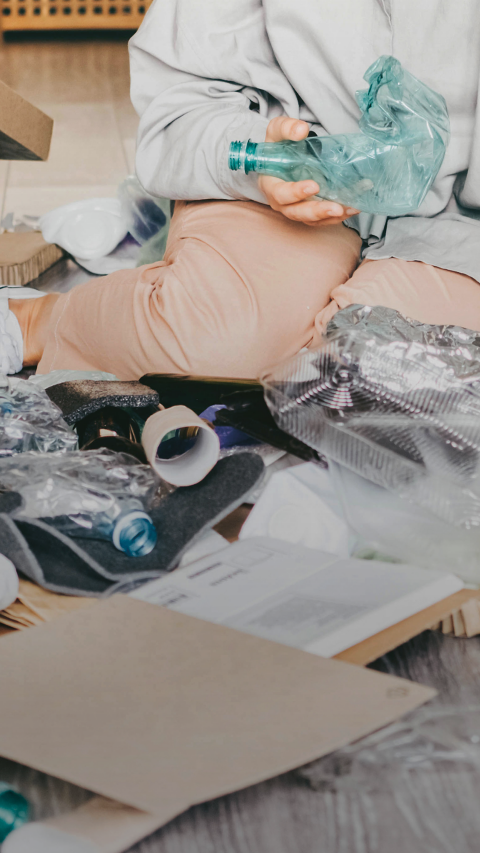From the bin to the shelves

Sofia Bystedt
is the manager of ReTuna shopping mall for upcycled goods in Eskilstuna, Sweden. She has a background in communications and retail and a bachelor’s in behavioral science from Stockholm University.

Creating Chemistry: ReTuna is famous as the world’s first shopping mall for used goods. Can you explain the concept?
SOFIA BYSTEDT: We want people to enjoy coming here and experience shopping as though it was a designer mall. This is how the Circular Economy works in real life. ReTuna was set up in 2015 by the Swedish municipality of Eskilstuna as part of its commitment to finding innovative solutions for reducing environmental impact and creating sustainable social benefit. Local inhabitants drop off anything they don’t want and we sort it into things that could be upcycled or send it to the municipality’s recycling facility. ReTuna has 5,000 square meters of floor space that houses 13 upcycling shops. The shops pay rent for the space and receive free access to the goods donated. It’s then up to them to find creative and profitable ways of adding value. We are a platform to inspire people and show the world that it is possible to sell reused goods at a profit. This year Ikea is opening its first ever secondhand shop in our shopping mall.
What kinds of things are recycled, and which are the most popular?
The most popular are electronics, followed by clothing, interior design and sports equipment. Home renovations have been popular during the Covid-19 pandemic, so we’ve had a lot of fridges, bathtubs and building waste. Working together to organize what goes where has been one of the key challenges of the project, but we have learned a lot!
Which are the most difficult items to resell?
We are overwhelmed with clothes. We run swapping events, catwalk shows and designer competitions; it’s a real challenge for the sorters and upcyclers. Things like tube TVs or underwear are passed on to commercial recyclers. Cultural attitudes and economics are both important factors in reuse and upcycling people here would rather buy new underwear, and they can afford to.
Have you developed other strategies to change consumer behavior?
We host conferences and events, run repair workshops and school programs. Our latest venture is working with ten kindergartens, encouraging pre-school children to think that reusing and recycling things is as normal as brushing their teeth every morning.
How do you measure your success?
First, the business model is working. We had a turnover of 14.9 million Swedish krona (€1.45 million) in 2019, and we have created over 50 jobs. We have, on average, over 700 visitors a day, from locals to tourists and climate change activists who travel here to visit us at the weekend. We hope to work with the Swedish Environmental Research Institute (IVL) to evaluate our workshops and outreach programs because it’s very difficult to develop metrics for changing attitudes.
What advice would you offer other cities seeking to establish a similar system?
You can’t just cut and paste this model somewhere else; you have to think about local markets, cultures and geographies. You also need a huge investment to start with, and a long-term commitment to support it. We are now an important institution in the town, and have set the benchmark for the values the municipality cares about.




